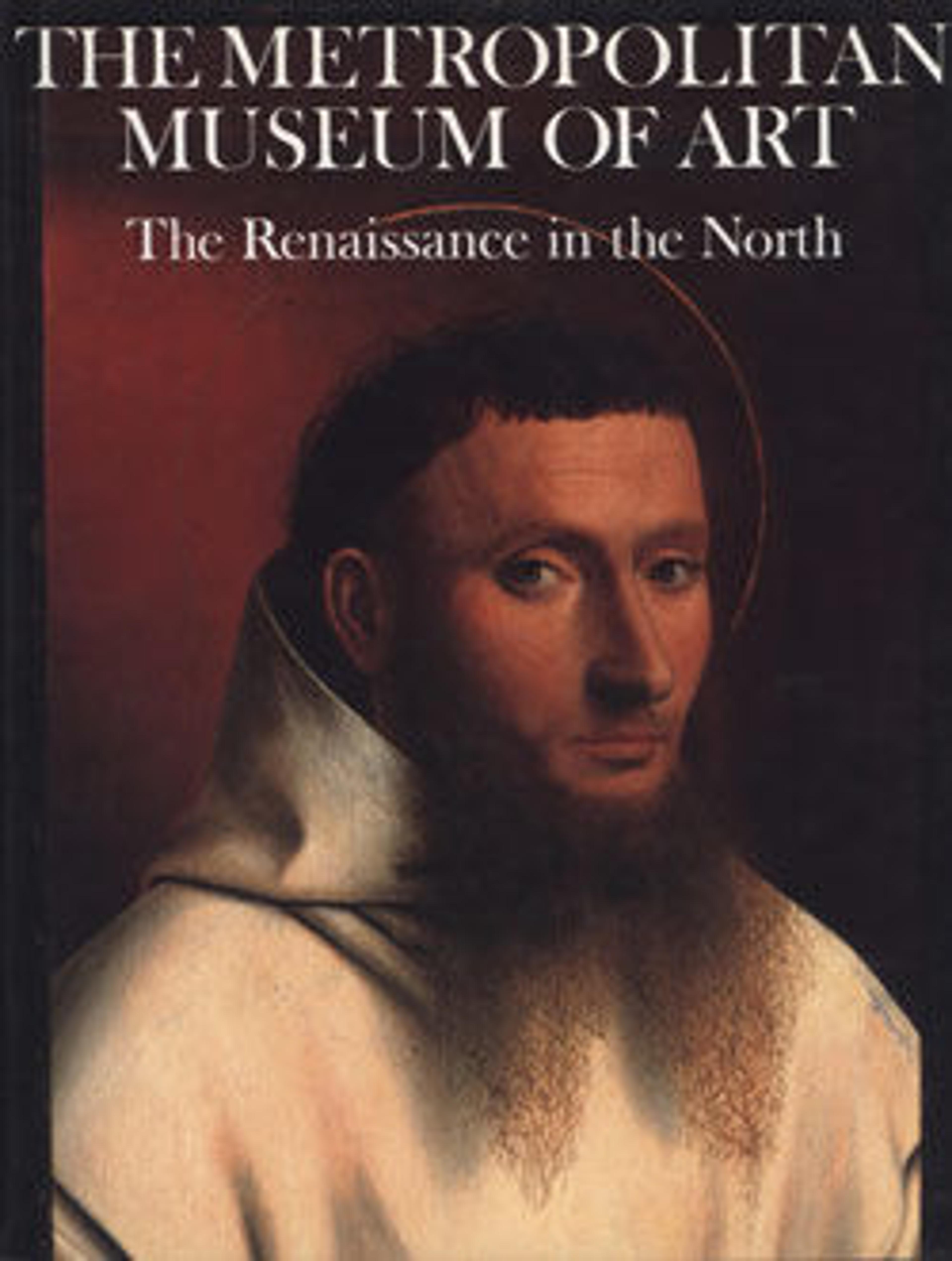Virgin and Child Enthroned
The elongated proportions of this statuette and the whorls of the Christ Child’s coiffure reveal a debt to the Mannerist style brought to Germany from Italy by the Munich court sculptors Hubert Gerhard and Hans Reichl. Although they both worked primarily in bronze, they influenced Angermair, a court sculptor to Duke Maximilian I of Bavaria, who specialized in small-scale ivory carvings for wealthy princes and merchants. Natural philosophy connected material to the divine, so ivory statuettes of religious figures were an appropriate addition to collectors’ Kunstkammern.
Artwork Details
- Title:Virgin and Child Enthroned
- Artist:Manner of Christoph Angermair (German, ca. 1580–1633)
- Date:ca. 1600
- Culture:German
- Medium:Ivory
- Dimensions:Overall (confirmed): 11 1/2 × 6 11/16 × 2 7/8 in. (29.2 × 17 × 7.3 cm)
- Classification:Sculpture-Miniature
- Credit Line:Bequest of Mary Clark Thompson, 1923
- Object Number:24.80.93
- Curatorial Department: European Sculpture and Decorative Arts
More Artwork
Research Resources
The Met provides unparalleled resources for research and welcomes an international community of students and scholars. The Met's Open Access API is where creators and researchers can connect to the The Met collection. Open Access data and public domain images are available for unrestricted commercial and noncommercial use without permission or fee.
To request images under copyright and other restrictions, please use this Image Request form.
Feedback
We continue to research and examine historical and cultural context for objects in The Met collection. If you have comments or questions about this object record, please contact us using the form below. The Museum looks forward to receiving your comments.
